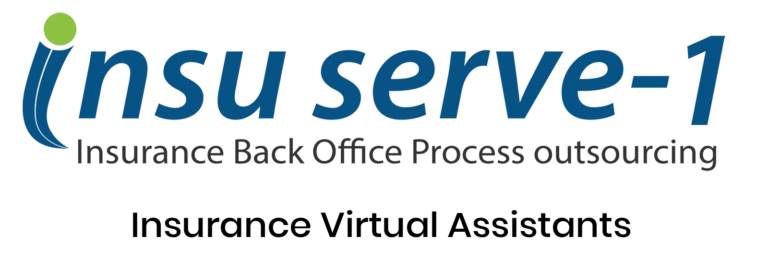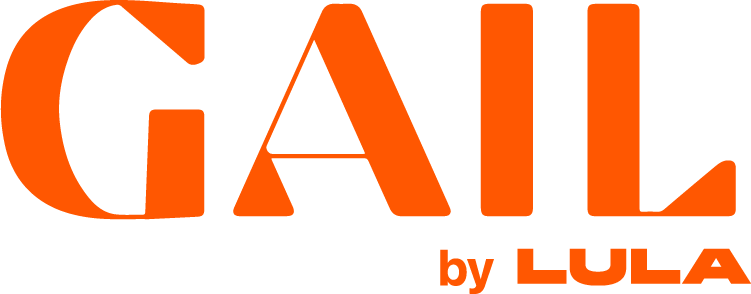The digital transformation of the insurance industry has led to greater efficiency and connectivity. However, increased reliance on technology also exposes insurance agencies to emerging cyber risks. Of all the cybersecurity challenges facing insurers, ransomware has rapidly emerged as the foremost threat.
Ransomware attacks involve malware that encrypts an organization’s files and essentially holds the data hostage until a ransom is paid. The typical ransom demand is cryptocurrency, which is difficult to trace. Attacks are typically initiated through phishing emails or other social engineering techniques designed to trick users into downloading malware.
For insurance agencies, ransomware represents an existential threat. Beyond financial loss and business disruption, attacks can irreparably damage an insurer’s reputation. Given the highly sensitive customer data that agencies handle, a single major breach can destroy consumer trust. Proactive ransomware defense is now a business imperative for insurers seeking to thrive in the digital age.
Why Insurance Agencies Are Vulnerable
Insurance agencies handle extremely sensitive customer data including names, birthdates, social security numbers, driver’s license information, and full medical histories. This makes them a prime target for cybercriminals looking to steal and exploit personal data.
Many insurance agencies also rely on outdated legacy computer systems and databases that are easier for hackers to penetrate. Upgrading to modern, secured IT infrastructure requires significant investment that struggling agencies may not be able to afford.
In addition, most insurance agencies have relatively small IT teams and security budgets compared to other industries. With limited resources, they are unable to implement sophisticated cybersecurity systems and around-the-clock monitoring required to fully protect against ransomware and other attacks. Their lean operations make them an attractive “easy target” for experienced hackers.
With so much sensitive information at stake, insufficient security protections in place, and the financial means to pay ransoms, insurance agencies check all the boxes for cybercriminals seeking ransomware victims. Implementing robust security measures is critical, albeit challenging, for these vulnerable firms.
Recent Major Ransomware Attacks
In 2020, one of the largest ransomware attacks targeted AXA Partners, the insurance arm of the French multinational firm AXA Group. The attack impacted AXA Asia operations across Thailand, Malaysia, Hong Kong and the Philippines. Client data was stolen and leaked online after AXA refused to pay the multi-million dollar ransom demand.
Another major attack occurred in 2021 when the Scottish Widows pensions and insurance provider, part of Lloyds Banking Group, was hit by a significant ransomware attack. While full details were not disclosed, the attack was reported to impact operations and services causing disruption for customers. This highlighted that even large established insurance firms are vulnerable to ransomware.
Impact Of Ransomware Attacks
Ransomware attacks can have severe consequences for insurance agencies. The financial costs alone can be crippling. Paying the ransom demand is expensive, often totaling millions of dollars in cryptocurrency. Rebuilding compromised systems also incurs major costs for new hardware, software, IT services and lost productivity.
However, the damage extends far beyond the initial ransom payment. Ransomware inflicts serious reputational harm, especially when cybercriminals leak or auction stolen data. Customers lose trust when their sensitive information is breached. This reputational damage can destroy an agency’s brand and cost them customers.
Most critically, ransomware brings business operations to a standstill. Agents lose access to vital systems and data needed to serve clients. Phone systems, emails, databases, and core business software can all be disabled by a successful ransomware attack. The resulting downtime and restoration efforts severely impede the insurance agency’s ability to conduct business and service policyholders. Disruptions like this can persist for weeks after the initial attack.
In summary, the multifaceted impact of ransomware – from heavy financial losses to reputational damage and service disruptions – makes cybersecurity a top priority for insurance agencies. Implementing robust prevention, detection and recovery measures is crucial.
Best Practices To Improve Security
Insurance agencies can take several steps to protect themselves against ransomware attacks:
Employee Training
Many ransomware attacks start with a phishing email or other social engineering tactic. Training employees to identify suspicious emails and links can help stop attacks before they start. Roleplaying exercises can help employees learn how to spot and report potential phishing attempts.
Regular Backups and Patching
Having recent backups makes it possible to restore data without paying the ransom. Backups should be stored offline and protected. Agencies should also keep systems patched and up-to-date to close security vulnerabilities.
Multi-Factor Authentication
Requiring a second form of authentication for system access makes it much harder for attackers to infiltrate networks. Whether through biometrics, security keys, or verification codes, multi-factor authentication adds an essential additional layer of security.
Network Segmentation
Segmenting the network into subnetworks allows agencies to isolate and protect critical systems and data. This strategy contains damage if any individual segment is compromised. Properly configuring firewalls between network segments is key.
Following cybersecurity best practices reduces the risk of falling victim to a costly ransomware attack. With proper precautions, insurance agencies can mitigate the main threats.






























